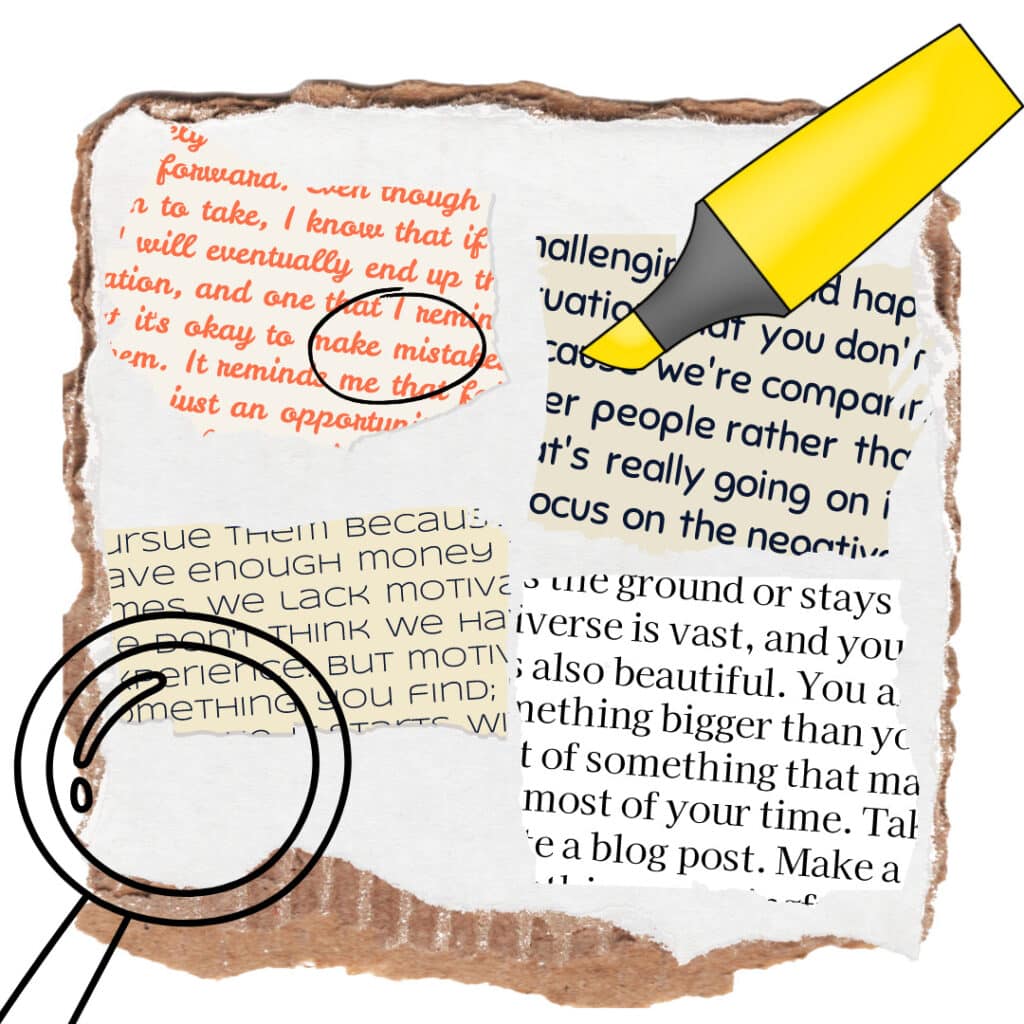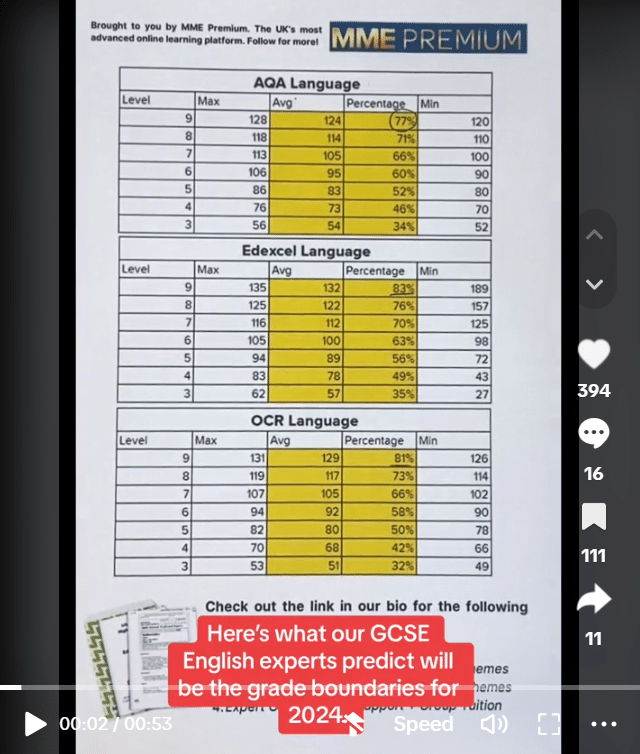AQA: What's in Paper 1?
AQA: What's in Paper 1? Revision
AQA: What’s in Paper 1?
This page will aim to provide you with an overview of what you should expect to find in the Paper 1 section of AQA exams.
On this page, there will be information on:
- The skills each question is testing
- The type of source text you will find in Paper 1
- The overall structure of the paper.
Overview
Paper 1 will be split into 2 sections: Section A and B.
Section A consists of 4 questions, which aim to test you on a literary text.
Q1 = 4 marks
Q2 = 8 marks
Q3 = 8 marks
Q4 = 20 marks
Section B is composed of 1 question, which is a creative writing task.
Q5 = 40 marks.
In this question, you are assessed on your spelling, grammar and punctuation, also known as SPaG, so make sure that your work is accurate!
Read through your answer and check if there are any spelling mistakes or incorrect uses of punctuation!
Text Types

The AQA GCSE English Language Papers are designed so that students are assessed on their ability to analyse and review texts from the 19th, 20th and 21st century.
The aim of Section A is to engage students in a creative text and inspire them to analyse it themselves.
Reading a literary text will give students the opportunity to consider how established writers use narrative and descriptive techniques to capture the interest of readers.
Therefore, you will have to find language and structural features in the text, and explain their impact on the reader and on the text as a whole!
As we have seen so far, in Paper 1 Section A, the text has to be a piece of literary fiction.
But what does this mean exactly?
Literary fiction usually explores different social or political issues that affect our daily lives. Literary fiction does not normally contain a plot but is, instead, focused on the actions of a main character and how they are affected in the story.
The most common example of a literary fiction text type is a novel that does not fall into the well-known genres, such as thrillers, horrors or murder mysteries!

The aim of Section B is to inspire students to be creative themselves.
Writing creative texts, relating to the topic that they have responded to in Section A, demonstrates the student’s ability to engage narrative and descriptive skills in response to a written prompt, scenario or visual image.
So, as you can see here, you will be asked to write a piece of creative writing, which is linked to the theme of Section A!
- Remember to include as many language techniques as possible to enhance your writing!
What you will be marked on: Assessment Objectives
Section A of the paper will test you on 3 Assessment Objectives (AOs):
- AO1 – Identify and interpret explicit and implicit information and ideas and select and synthesise evidence from different texts.
- AO2 – Explain, comment on and analyse how writers use language and structure to achieve effects and influence readers, using relevant subject terminology to support their views.
- AO4 – Evaluate texts critically and support this with appropriate textual references.
Section B of the paper will test you on 2 Assessment Objectives (AOs):
- A05 – Communicate clearly, effectively and imaginatively, selecting and adapting tone, style and register for different forms, purposes and audiences. Organise information and ideas, using structural and grammatical features to support coherence and cohesion of texts.
- AO6 – Candidates must use a range of vocabulary and sentence structures for clarity, purpose and effect, with accurate spelling and punctuation.
The full breakdown of what these AO points mean can be seen on the pages to follow!

MME Premium Membership
£19.99
/monthLearn an entire GCSE course for maths, English and science on the most comprehensive online learning platform. With revision explainer videos & notes, practice questions, topic tests and full mock exams for each topic on every course, it’s easy to Learn and Revise with the MME Learning Portal.
Sign Up Now

